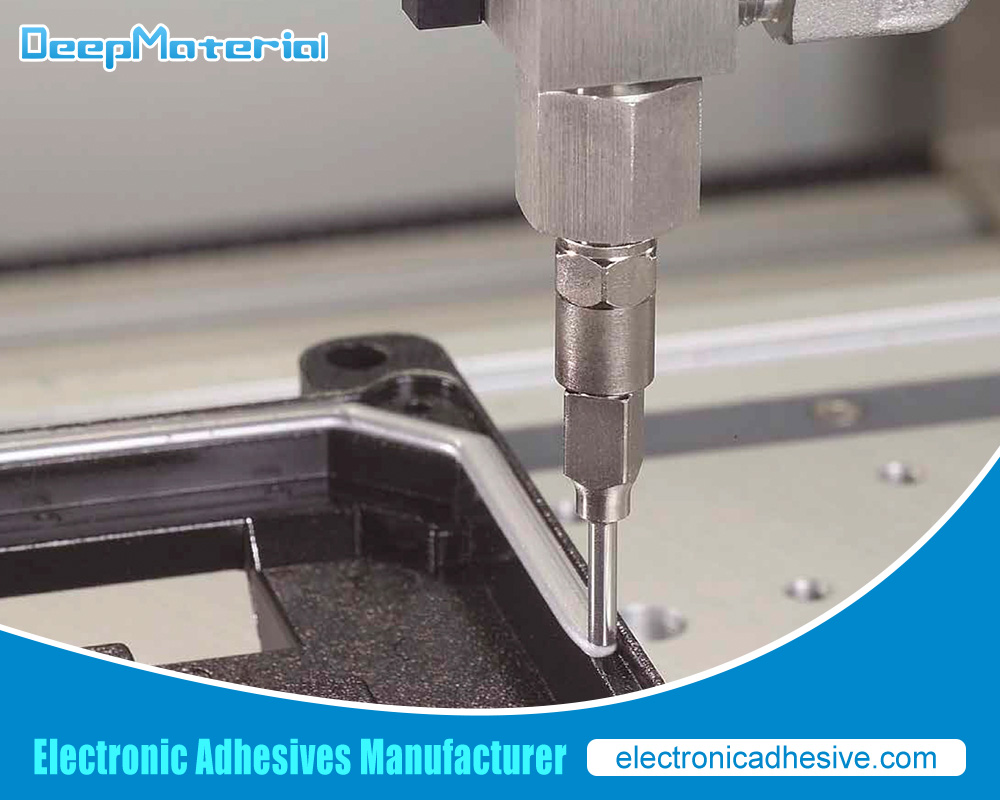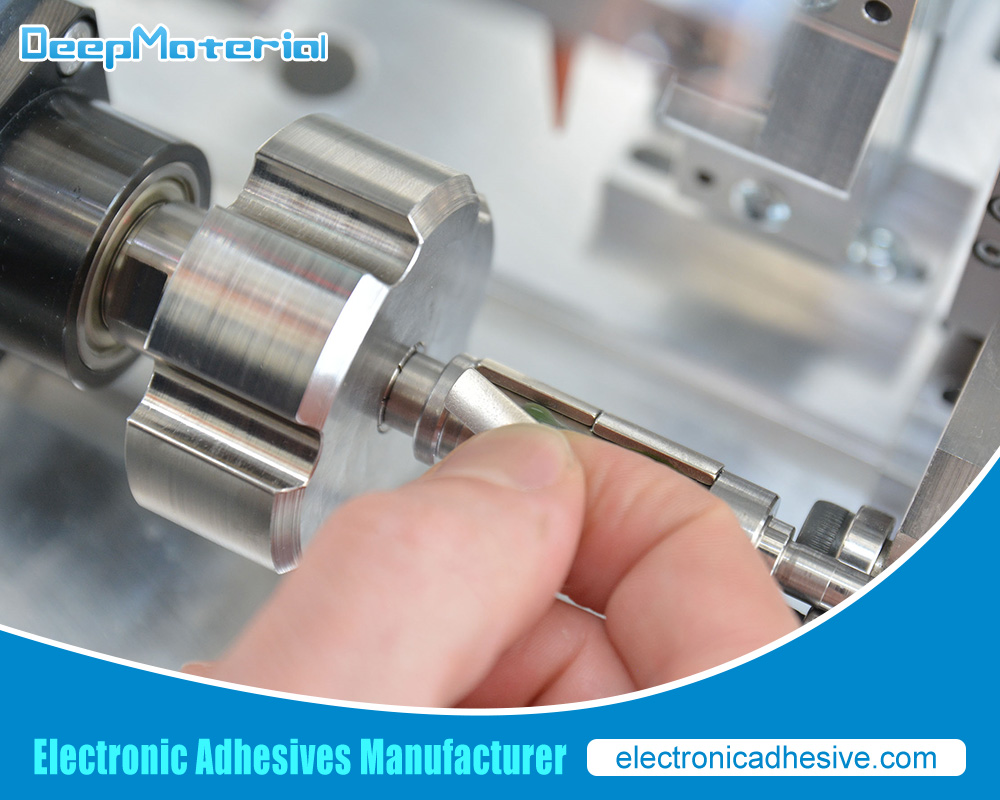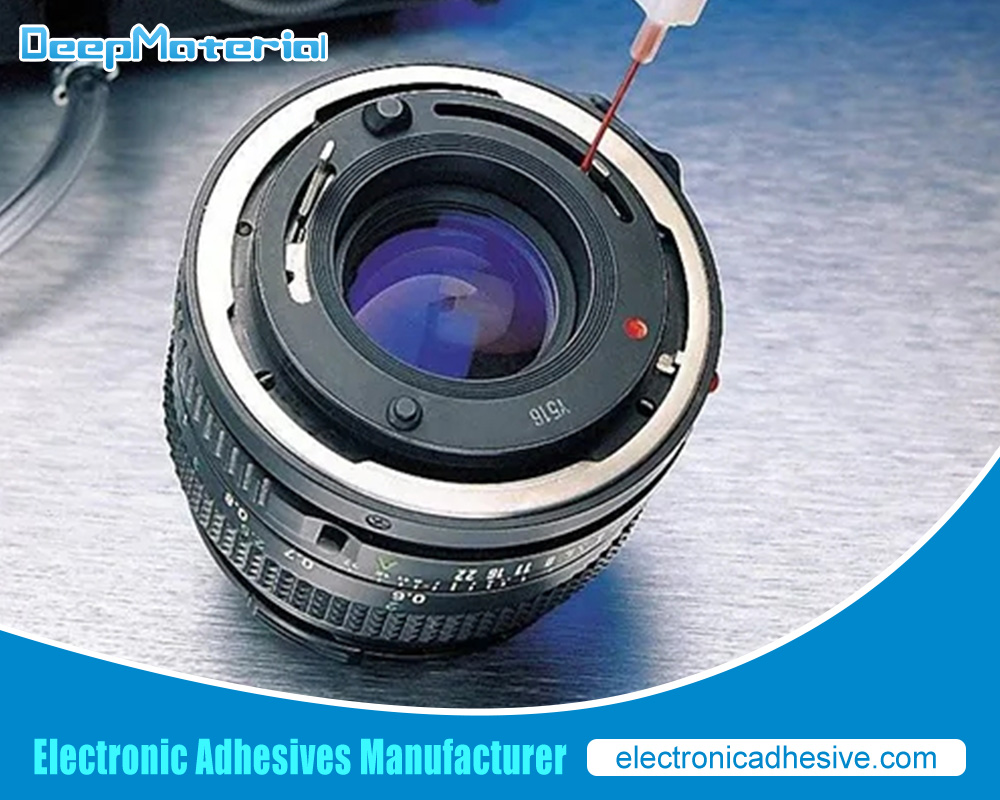Potting Material for Electronics: An Essential Component for Durability and Performance
Potting Material for Electronics: An Essential Component for Durability and Performance
In the world of electronics, device longevity and performance are paramount. One critical technique to ensure these qualities is the use of potting materials. These materials, often overlooked, play a crucial role in protecting sensitive electronic components from environmental damage, mechanical stress, and other potential hazards. This article delves into the various aspects of potting materials for electronics, exploring their types, applications, benefits, and future trends.
What is Potting in Electronics?
Potting in electronics involves encasing electronic assemblies in a solid or gelatinous compound to resist shock and vibration, exclude moisture, and protect against corrosive environments. The process can involve various materials with properties tailored to specific applications.
Types of Potting Materials
The choice of potting material depends on the specific requirements of the electronic device and the environment in which it will operate. The most commonly used potting materials include:
- Epoxy Resins
- Polyurethane Resins
- Silicone Compounds
- Acrylics
- Polyester Resins

Epoxy Resins
Epoxy resins are widely used due to their excellent adhesion, mechanical strength, and resistance to chemicals and heat. They provide a durable, rigid protective layer for robust protection applications. However, their rigidity can be a drawback in applications requiring flexibility.
Polyurethane Resins
Polyurethane resins offer a balance between rigidity and flexibility. They provide good moisture resistance and mechanical protection while being less brittle than epoxy resins. This makes them suitable for applications where some degree of movement or thermal expansion and contraction is expected.
Silicone Compounds
Silicone potting materials are known for their flexibility and excellent thermal stability. They can withstand extreme temperatures and maintain their properties over various conditions, making them ideal for high-temperature applications and protecting components subject to frequent thermal cycling.
Acrylics
Acrylic potting compounds cure quickly and provide good adhesion and moisture resistance. They are often used in applications where fast processing times are essential. However, they may not offer the same thermal and chemical resistance level as epoxy or silicone resins.
Polyester Resins
Polyester resins are less commonly used but can be advantageous due to their cost-effectiveness and good mechanical properties. They offer decent moisture resistance and are suitable for less demanding applications.
Applications of Potting Materials
Potting materials are used across various industries to protect electronic components in multiple applications. Some of the standard applications include:
- Automotive Electronics
- Aerospace and Defense
- Consumer Electronics
- Industrial Equipment
- Medical Devices
Automotive Electronics
In the automotive industry, electronic components are exposed to harsh conditions such as extreme temperatures, vibration, and exposure to chemicals and moisture. Potting materials help protect sensors, control units, and other critical components, ensuring the reliability and longevity of automotive electronics.
Aerospace and Defense
The aerospace and defense industries demand electronic systems’ highest reliability and performance. Potting materials provide essential protection against extreme temperatures, shock, and vibration and shielding from electromagnetic interference (EMI).
Consumer Electronics
In consumer electronics, potting materials enhance the durability and lifespan of devices such as smartphones, tablets, and wearable technology. They also protect sensitive components from moisture, dust, and mechanical damage.
Industrial Equipment
Industrial environments can be particularly harsh on electronic components, with exposure to chemicals, moisture, and mechanical stress. Potting materials protect sensors, control systems, and other electronic assemblies, ensuring consistent performance and reducing maintenance costs.
Medical Devices
Potting materials are essential in medical devices for protecting sensitive electronics from moisture, bodily fluids, and sterilization processes. They also ensure the reliable operation of critical devices such as pacemakers, diagnostic equipment, and patient monitoring systems.
Benefits of Potting Materials
The use of potting materials in electronics offers numerous benefits, enhancing the performance and durability of electronic devices. Some of the key benefits include:
- Environmental Protection
- Mechanical Stability
- Electrical Insulation
- Thermal Management
- Chemical Resistance
Environmental Protection
Potting materials provide a barrier against moisture, dust, and other environmental contaminants, preventing corrosion and ensuring the longevity of electronic components. This is particularly important in applications where the devices are exposed to harsh conditions.
Mechanical Stability
Encasing electronic assemblies in potting compounds protects the components from mechanical shock and vibration. This enhances the devices’ reliability, especially in applications where they are subject to physical stress.
Electrical Insulation
Potting materials provide excellent electrical insulation, preventing short circuits and protecting sensitive components from electrical interference. This is crucial in maintaining the proper functioning of electronic devices.
Thermal Management
Some potting materials are designed to offer thermal conductivity, helping dissipate heat from sensitive components. This is important in preventing overheating and ensuring the reliable operation of high-power electronic assemblies.
Chemical Resistance
Potting materials can provide:
- Resistance to various chemicals.
- Protecting electronic components from potential damage due to exposure to oils.
- Other hazardous substances.
This is especially important in industrial and automotive applications.
Choosing the Right Potting Material
Selecting the appropriate potting material involves considering several factors, including the operating environment, thermal requirements, mechanical stresses, and the specific needs of the electronic components. Key considerations include:
- Environmental Conditions
- Thermal Requirements
- Mechanical Properties
- Curing Time and Process
- Cost Considerations
Environmental Conditions
The electronic device’s operating environment will dictate the type of potting material required. Factors such as temperature extremes, moisture, and exposure to chemicals need to be considered to ensure the material provides adequate protection.
Thermal Requirements
Thermal management is critical for many electronic assemblies. Potting materials with good thermal conductivity can help dissipate heat and maintain the reliability of high-power devices. The thermal expansion properties of the material should also match the components to avoid stress and damage.
Mechanical Properties
The mechanical properties of the potting material, such as flexibility, hardness, and adhesion, should match the application’s requirements. For example, a rigid material may be suitable for static components, while a flexible material is better for assemblies subject to movement or vibration.
Curing Time and Process
The curing time and process of the potting material can impact the manufacturing timeline and costs. Fast-curing materials may be preferred in high-volume production environments, while longer curing times might be acceptable for specialized applications.
Cost Considerations
Cost is always a factor in material selection. While high-performance potting materials may offer superior protection, they can also be more expensive. Balancing performance with cost is essential to ensure the material meets the application’s requirements without exceeding budget constraints.
Future Trends in Potting Materials
The field of potting materials for electronics continues to evolve, driven by technological advancements and changing industry needs. Some of the emerging trends include:
- Advanced Materials for Enhanced Performance
- Sustainability and Environmental Impact
- Integration with Smart Manufacturing
- Customization and Tailored Solutions
Advanced Materials for Enhanced Performance
Ongoing research and development are creating new potting materials with enhanced properties. These materials offer improved thermal conductivity, greater flexibility, and better resistance to environmental stressors, enabling more reliable and durable electronic devices.
Sustainability and Environmental Impact
As environmental concerns grow, there is an increasing focus on developing potting materials that are more sustainable and have a lower environmental impact. This includes using biodegradable materials and reducing volatile organic compounds (VOCs) in the formulations.
Integration with Smart Manufacturing
The rise of intelligent manufacturing and Industry 4.0 is driving the integration of advanced potting materials into automated production processes. This includes precision dispensing systems and real-time monitoring to ensure consistent quality and performance.
Customization and Tailored Solutions
Manufacturers are increasingly looking for customized potting solutions tailored to their specific applications. This trend involves collaborating with material suppliers to develop bespoke formulations that meet the unique requirements of their electronic assemblies.

Conclusion
Potting materials are critical to the protection and performance of electronic devices. These materials ensure the reliability and longevity of electronic assemblies across various industries by providing environmental protection, mechanical stability, electrical insulation, thermal management, and chemical resistance. As technology advances, new potting materials and techniques will further enhance the capabilities and applications of electronic devices, driving innovation and growth in the field.
The careful selection and application of potting materials can significantly impact the performance and durability of electronic devices, making it an essential consideration for manufacturers and designers. Whether it’s protecting automotive sensors, ensuring the reliability of aerospace systems, or enhancing the durability of consumer electronics, potting materials play a vital role in the success of modern electronic technology.
For more about potting material for electronics: an essential component for durability and performance, you can pay a visit to DeepMaterial at https://www.electronicadhesive.com/ for more info.










